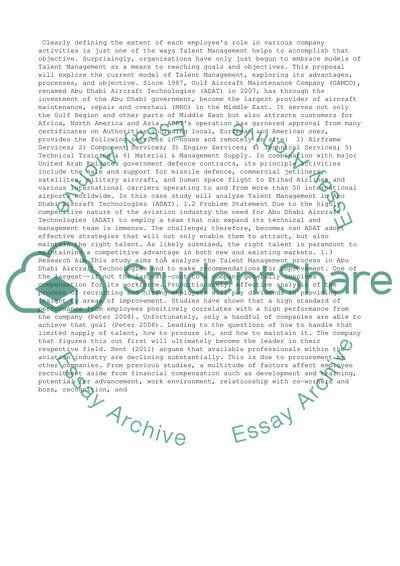Cite this document
(“Talent Management In Abu Dhabi Aircraft Technologies Essay”, n.d.)
Retrieved from https://studentshare.org/management/1397026-talent-management-in-abu-dhabi-aircraft-technologies
Retrieved from https://studentshare.org/management/1397026-talent-management-in-abu-dhabi-aircraft-technologies
(Talent Management In Abu Dhabi Aircraft Technologies Essay)
https://studentshare.org/management/1397026-talent-management-in-abu-dhabi-aircraft-technologies.
https://studentshare.org/management/1397026-talent-management-in-abu-dhabi-aircraft-technologies.
“Talent Management In Abu Dhabi Aircraft Technologies Essay”, n.d. https://studentshare.org/management/1397026-talent-management-in-abu-dhabi-aircraft-technologies.


